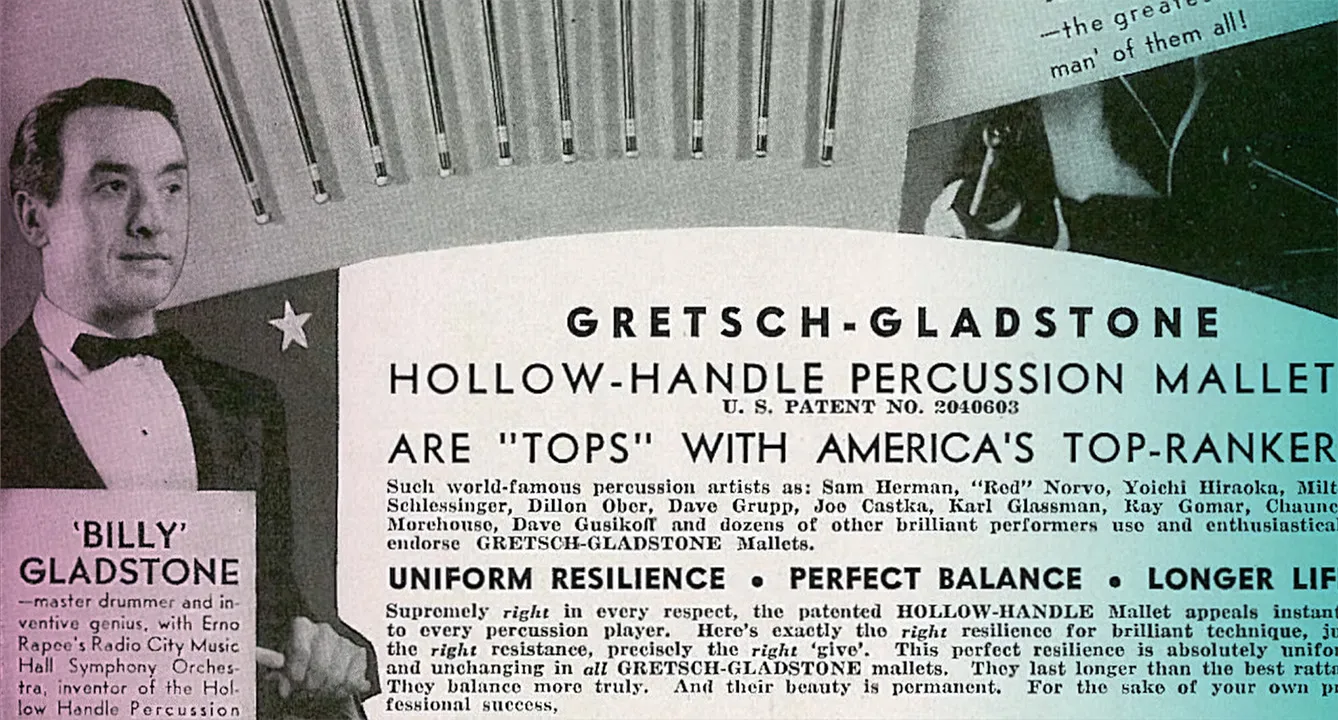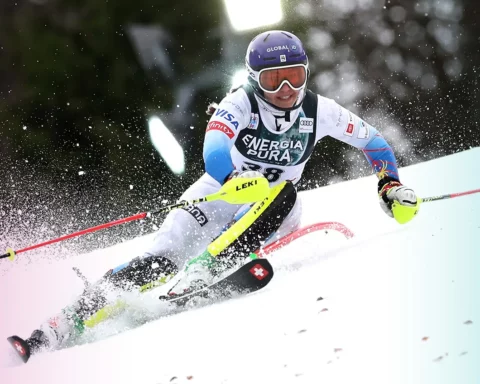William Goldstein, alias Billy Gladstone, had talent, money, fame, and all that jazz. But he also had a bright and creative mind, one that would allow him to be known worldwide not just as an exquisite instrumentalist but as a fine inventor. With over 20 USA patents under his name, Billy revolutionized the world of drums and music with his technique suggestively called the Gladstone technique. He forever transformed the world of percussionists, but he did not start off as a drummer. In fact, the journey that was to change his life emerged, more or less, as a (very fortunate) coincidence.
Billy was born in the Romanian city of Braila in the winter of 1893. His English-born father was in charge of the Romanian Government Band, where young Billy would often “play” various instruments, evoking cheerful laughs and giggles from the audience. His family left for America when Billy was only 12 years old. There, in the land of possibilities, Billy was to live a life of dedication and passion toward the art of music, especially drums. And it all started in a department store orchestra he joined not as a drummer but as a bugler.
A catalyst for change
At that time, it may not have been his utmost desire to play as a percussionist, but desperate times required desperate measures. It wasn’t Billy who was subject to such circumstances but the local New York City department store corps, whose desperate measure to the desperate need of percussionists was to hire any musician as a percussionist. This rather unusual solution was the catalyst change to Billy’s life, one that would transform him from a simple instrumentalist to a worldwide renowned cat (jazz musician). And just like that, with one beat of the drum, Billy entered the world he would later improve beyond recognition.
His artistry was like no other – the music he played, and the instruments he touched, would impress not only the audience but his fellow peers and superiors alike. His creative approach to the use of drums gave birth to some of the most revolutionary techniques and instruments of all time. From playing techniques to physical improvements of the instruments, Billy completely crushed the limits and barriers of what was known as the standard for a percussionist. He invented a double-action bass drum pedal to allow simultaneous access to the drum and the cymbal. He designed a collapsible snare drum stand, a hand-held cymbal apparatus, and many other jazz instruments. Among these, the latter was the only mass-produced instrument under the tutelage of Leedy Drum Company, a highly successful percussion manufacturer.
New York, New York
This all happened in 1926-1927, but the year 1932 was to bring another significant upgrade to his life. Together with 74 other hand-picked fine instrumentalists from the city, Billy was asked to join the grandiose Radio City Music Hall in New York. Here, he managed to outstand the famous Rockettes, drifting the attention of the public from the colorful dancers to his intricate performance and stage presence. Five years after this event, the Gretsch Company, one of America’s most prestigious and respected drum manufacturers, approached him. In 1937, the famous Gretch-Gladstone snare drum reached the market, taking the world of instruments by storm. The success of the highly professional instrument was indubitable, despite the high cost of the product.
Gladstone met the highest peaks of success, both from a musician’s and an inventor’s point of view. Unfortunately, the Second World War had to end his ambitions abruptly, and life after the war was never the same. His wife died, his contract with the Radio City music hall ended, and Billy found himself with one pleasure left in life: building instruments and, occasionally, playing the drums. The instruments he created during the short time he had left after the war were highly coveted. To this day, they remain an item of great value.
Billy died in 1961, at the age of 68, after having impacted, influenced, and transformed the world of drum music. His legacy as a fine percussionist, a bright inventor, and a skilled instrument builder will forever define the drum-playing history and evolution.







